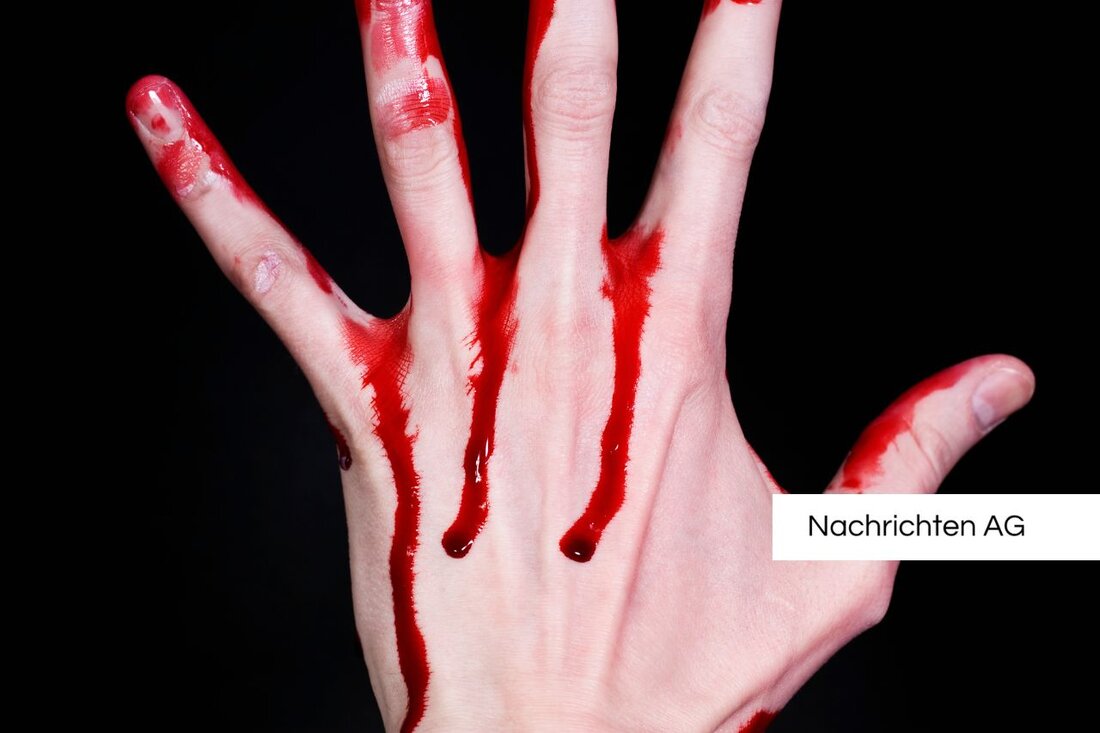The secret roots of the Dutch flag: red, white, blue!
The secret roots of the Dutch flag: red, white, blue!
The flag of the Netherlands is an impressive national symbol that consists of the colors red, white and blue. It is considered the oldest tricolore in the world and has its roots in the 16th century. Historically, it is seen as a sign of the struggle for independence, because its first use fell into the Eighty Years' War (1566–1648), which led the Dutch during the uprising against Spanish rule. According to Ruhr24 , the flag 1937 was officially set by Queen Wilhelmina. The exact colors that have been used since then were precisely described in 1958.
The colors have specific meanings: tinberrot symbolizes courage, loyalty and blood; White stands for peace, law and prosperity, while cobalt blue stands for loyalty, durability and hope. Interestingly, the top strip of the flag was orange by the middle of the 17th century based on the Königshaus Oranien-Nassau. Various theories exist why the orange disappeared, including improved visibility of the red at sea and the falling meaning of the House of Orania.
The development of the flag
The flag we know today developed over the centuries. The first mentions of a red and white blue flag go back to the conquest of the Briel in 1572. The water geusen originally used a tricolore in the colors orange, white and blue, which was known as Prinsenvlag (Prince Flag) and was created in honor of Prince Wilhelm of Oranien-Nassau. Over time, Prinsenvlag was replaced by the red and white-hell blue states of the states (Hollandsche Vlag). In 1652, the use of Prinsenvlag in the province of Holland was banned, but the red and white tricolore quickly banged.
On February 14, 1796, the first Flags Act was passed to set the Red version as the official flag of the Batavian Republic. This use continued until the 19th century when the flag was confirmed again on March 16, 1816 after the freedom of the French. A special aspect of the flag is that an orange pennant is with royal occasions, whereby "Oranje" is preserved as the national color and is particularly visible on the royal day or at football games.
meaning of the colors
In the context of the flags and their colors, it is important to understand the origins of colors. The coat of arms from which the flags were created in the European Culture Circle come from the Middle Ages. These were originally used to make knights on the battlefield distinguishable. Over time, heraldry developed, which had an impact on the use of colors in flags. This shows that the colors of the flag have not been chosen arbitrarily, but are deeply rooted in history and national identities.
When looking at the colors, it is fascinating to know that the production of colors in the Middle Ages with mineraloids and organic materials were made, which could vary depending on the quality. The modern chemical textile colors only became popular later, around 1890 and opened new opportunities for the exact color rendering. This is also important because differences in the colors come from various manufacturing processes and can even vary internationally.
In summary, the flag of the Netherlands is not just a simple national symbol, but a deeply rooted sign of the history and identity of the country. The development, meanings and the use of their colors are an impressive testimony of Dutch culture.| Details | |
|---|---|
| Ort | Niederlande |
| Quellen | |


Kommentare (0)